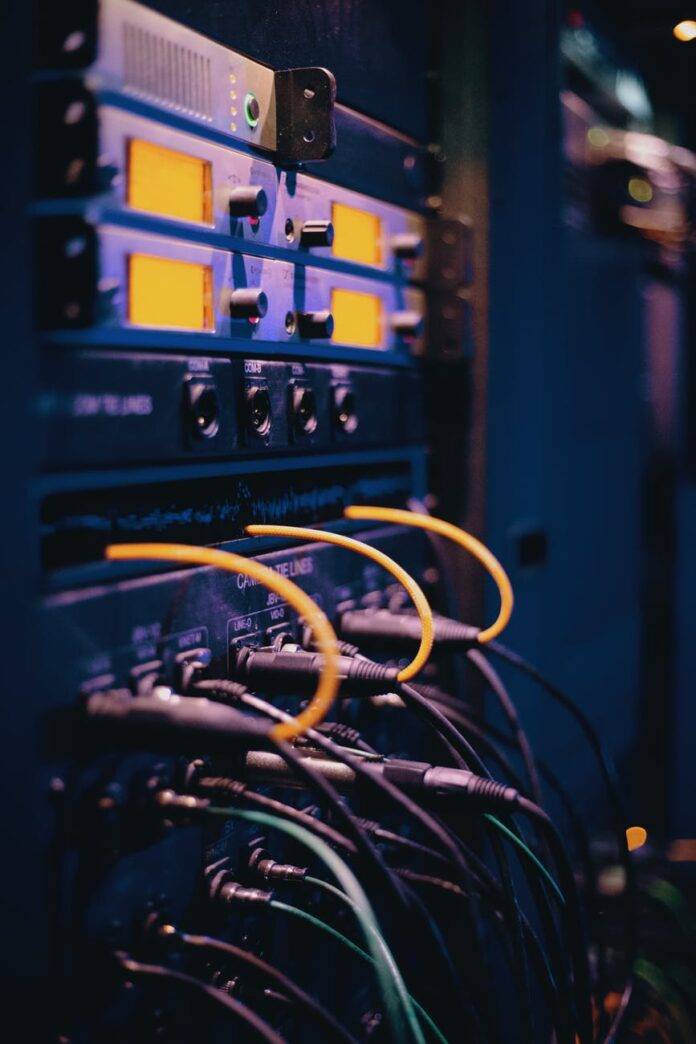The current business world is changing with the adoption of IoT (Internet of Things). IoT is helping in conspicuously catching a tremendous amount of data from various sources. However, folding over the large number of data originating from incalculable IoT devices, makes it complex to gather, process, and analyze the data.
Two informatics fields that are at present going through fast transformative advancement are artificial intelligence (AI) and the Internet of Things (IoT). Because of AI and IoT being correlative fields, with the synergy between them incredibly upgrading the abilities of every element, you don’t see the competition for resources that you may ordinarily anticipate. The way to understand this is to understand that AI functions best with huge amounts of data, while IoT devices are ideal hotspots for providing the necessary data streams.
Redefining Business
Artificial intelligence and IoT are rethinking the manner in which businesses perform. On one hand, AI with its ground-breaking subset of machine learning, has made way for more brilliant task execution with real-time analysis and greater interaction between humans and machines; IoT, on the other, has increased the scale of communication among devices and people through effective intelligent technology. The conversion of the Internet of Things and Artificial Intelligence makes each other’s applications more different and ground-breaking.
AIIoT
IoT and AI are two discrete innovations that significantly impact different industry verticals. While the Internet of Things(IoT) is the digital sensory system, AI transforms into the brain that settles on decisions that control the whole system. The powerful blend of AI and IoT – AIIoT provides intelligent and connected systems that are prepared for self-healing and self-correcting themselves.
The ability to get a lot of data has increased in the last 3-5 years. These advances bring along new risks and worries about security and privacy. Massive volumes of company proprietary information and user data are enticing targets for government elements and dark web hackers around the globe. There are likewise new responsibilities that come along with this expanded capability.
Sensors would now be applied to everything. This presently infers vastly more data can be gathered from every transaction or process in real-time. IoT devices are leading this data collection process in customer service divisions, manufacturing environments, as well as consumer products in people’s homes. Any device with a chipset can be connected with a network and start streaming large swaths of information every minute of every day.
Complex algorithms currently enable us to do predictive analytics from each possible point. Machine learning (ML), a subset of AI (Artificial Intelligence), continues with upgraded workflows and simplifies problem-solving for clients with each new collaboration.
The Combined Effect
IoT collects a lot of information through device connectivity by means of the internet and AI, particularly through its ground-breaking system, Machine Learning helps in absorbing and assessing this data. Machine learning in IoT devices assists with identifying designs and detecting faults in data collection through incredibly progressed sensors.
Intrinsic things, for example, stimulation to air, temperature, humidity, contamination, sound, vibrations, lights, and so on are determined with this innovation over some undefined time frame. Compared to traditional innovation, IoT and machine learning make operational figures 20x quicker with increased precision. This is the reason why organizations that utilize AI technology sees growth in their income numbers
There are various reasons to play out this migration. One is to help decrease the amount of network traffic, as an IoT device can create a prodigious amount of data. What we as of now consider as big data will appear to be little when compared to the data streaming from all of the IoT devices being monitored. Another legitimization for relocating the processing to the IoT device is that on numerous occasions, the value of the data is extremely transient.
This is truly a masterstroke in AI innovation use. To help its retail outlets, Amazon utilizes IoT to make the shopping experience more convenient for the customer. With no cashier or even cash counters, the sensors present will streamline the whole cycle. For instance, sensors are utilized to determine your activity.
Like a market or retail outlet, things are orchestrated and when you get any product, it automatically adds it to your truck and the second you hold it back, it’s taken out from your truck. It connects to your payment mode(s) so when you leave the store with the things, the aggregate sum is debited from your account or online wallet. Similar to self-driven cars, they utilized computer vision, deep learning algorithms and sensor combination, multiplying the ‘Simply Walk Out’ innovation.
Conclusion
As it were, the data must be processed immediately or its value drops to nothing. A real case of this is when the extracted data is being utilized in a process control loop. If you have a ceaseless flow reactor, to enhance the quality of the product created, you should apply feedback constantly. Any noteworthy deferral, which in certain frameworks might be seconds or less, brings about either a mediocre/low-yield product, or more awful, a runaway exothermic response.




















